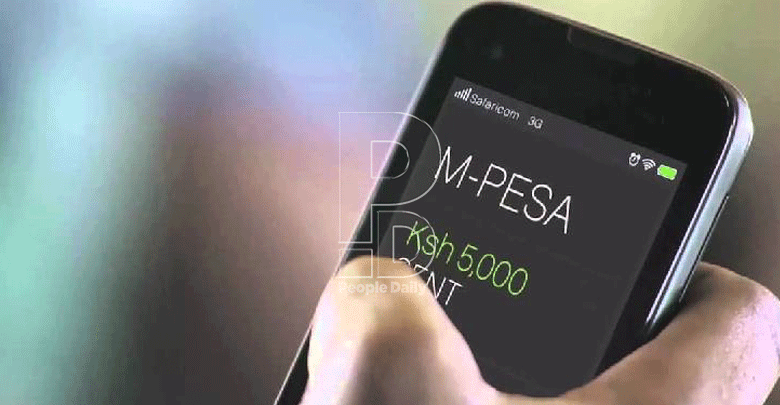Cost of convenience: How mobile money fees are squeezing Kenyans

Mobile money has transformed the financial landscape, making transactions seamless and cashless.
Whether paying for groceries, transport or bills, Kenyans have embraced digital wallets as an essential part of their daily lives.
According to a recent report by the Central Bank of Kenya (CBK), mobile money transactions hit Sh8.7 trillion in 2024, nearly half of the country’s Sh17.8 trillion GDP.
However, beneath this impressive figure lies a harsh reality—high transaction costs are squeezing consumers, particularly low-income earners.
Despite a struggling economy, where disposable income continues to shrink due to the Kenya Kwanza administration’s high tax policies, mobile money service providers and agents are thriving.
Consumer outcry
While their profits soar, the same cannot be said for millions of Kenyans who rely on these services for survival.
Safaricom’s M-Pesa, Telkom’s T-Kash, and Equitel dominate the market, but M-Pesa, as the industry leader, faces the loudest consumer outcry due to its high transaction fees.
For a ‘Mama Mboga’ withdrawing Sh50, an Sh11 charge means she takes home only Sh39—barely enough for household essentials.
Low-income earners making Sh300–Sh500 per day also struggle. A basic dinner—maize flour (Sh150), vegetables (Sh150), and cooking oil and other essentials (Sh200)—quickly becomes unaffordable when mobile money deductions chip away at their limited funds.
Worse still, multiple transactions at different vendors mean repeated deductions, making even small purchases a financial burden. Even salaried employees aren’t spared. Someone paid via mobile money will lose about Sh30 in withdrawal fees, reducing their already strained earnings.
When coupled with rising food prices and other economic pressures, the financial strain becomes overwhelming. The situation is largely driven by increased excise duties, which the government raised from 15 per cent to 20 per cent in 2024, leading to higher transaction costs.
Consumers are pushing back. “I pay to send cash when buying groceries, then the retailer is charged again when withdrawing—this doesn’t make sense,” says Nairobi resident Angelah Nyaga.
Others, like John Ibware, acknowledge the high costs but stick with M-Pesa for its convenience. “The charges are painful, but M-Pesa agents are everywhere, unlike its competitors,” he notes.
Alternative services like Airtel Money offer lower transaction fees, but adoption remains slow due to challenges like complex withdrawal procedures and unreliable networks.
Biggest obstacle
“Airtel Money is very affordable but again the biggest obstacle is its complexity. Before a withdrawal transaction has been made, there is a code similar to the one-time password that one has to give to the agent and most people find that a lot of work. The network also buffers at some point. I still choose it because of the rates,” explains Brenda Chelimo, an Airtel Money user.
Businesses are also feeling the pinch. High transaction fees discourage them from using mobile money till numbers, which are closely monitored by the Kenya Revenue Authority. Many are opting for cash transactions instead.
Ensuring financial inclusion means reevaluating pricing models to protect low-income users, who are the backbone of the economy. For now, many Kenyans have no choice but to pay the price of digital transactions—one deduction at a time.














